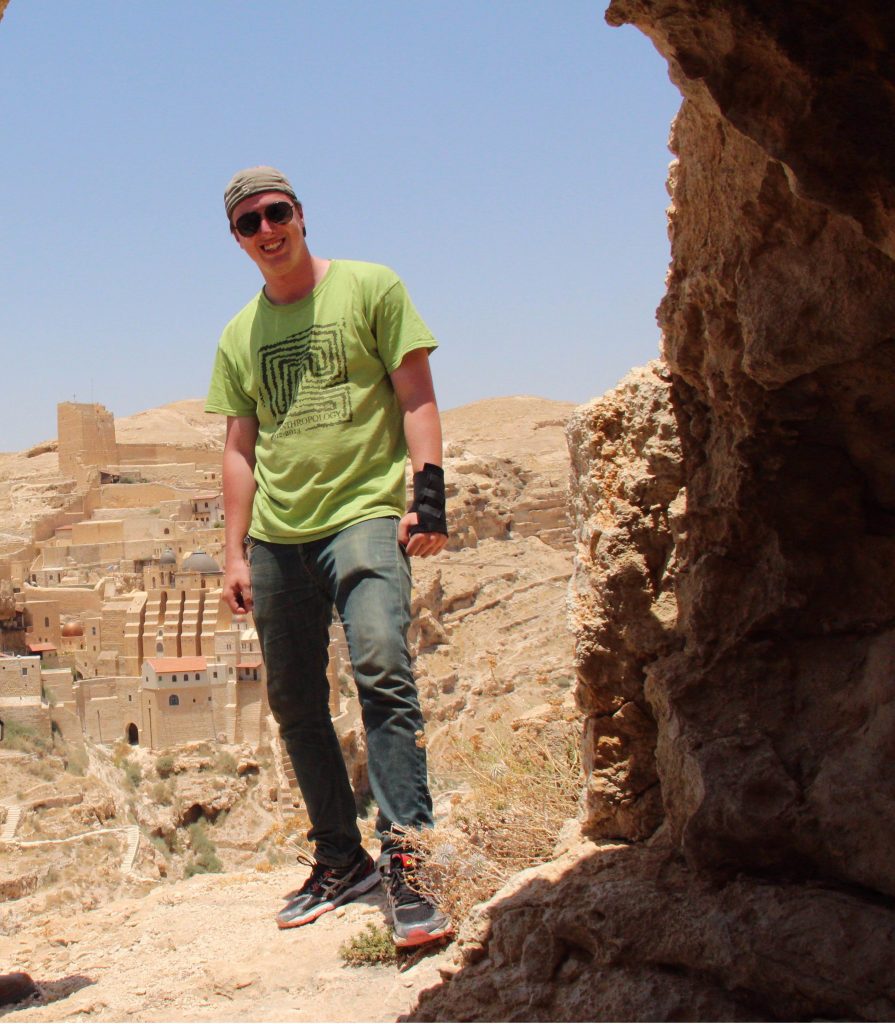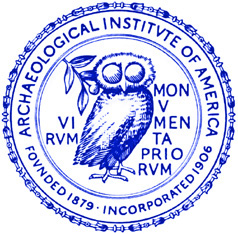
Alicia Gorman: Biography
Alicia Gorman completed her undergraduate degree at UC Davis and is currently is a Ph.D. candidate within the Anthropology department at UC Santa Barbara. Her research interests focus on the construction of social differentiation and inequality in societies without strict social classes. She has field experience in both Peru and California, as well as a background in the application of elemental analysis to prehistoric ceramic pots. Her past work has investigated the use of feasting as a political tool capable of creating a sense of community as well as exclusivity, depending on context. She has also investigated changing ceramic production practices in response to external cultural contact, specifically in the case of interactions between the Wari empire of Peru and the local peoples of the Nasca Valley. Her dissertation research to be carried out in the summer of 2018 will involve the excavation of households at the site of Cerro Tortolita, located on the south coast of Peru. Cerro Tortolita was a religious center with an extensive associated village, making it an excellent candidate for investigating the relationship between religion, politics, and social inequality.
Alicia Gorman: Project Summary
The grant from AIA-OC will provide additional funds for Instrumental Neutron Activation Analysis (INAA) of ceramics from Peru, which will form an important component of Ms. Gorman’s dissertation research. Previous investigation within the religious center portion of Cerro Tortolita suggests the presence of elites associated with ritual activities. Ms. Gorman’s research will focus on the village area in order to better understand the interactions and tensions between different factions of society at Cerro Tortolita, as well as to highlight the contributions of “commoners” in creating social structure.
INAA will be used to identify groups of ceramics with shared clay compositions, enabling the identification of households with access to certain fine, possibly prestigious ceramics. The ceramics in question were produced by the neighboring pilgrimage center of Cahuachi, and may have been an item available to all, regardless of social status (as in the area immediately surrounding Cahuachi), or only to a few elites (as has been found in more distant sites). If only a few elites had access to Cahuachi-produced ceramics, those few may be restricted to elites residing in the ceremonial area of Cerro Tortolita, or they may include some households in the village part of the site. Information regarding who had access to these fineware ceramics will support inferences about how objects with religious significance may have acted as part of the social construction of power at Cerro Tortolita.

Matthew Howland: Biography
Matthew Howland is a Ph.D. Candidate in the University of California, San Diego Anthropology Department. Matt entered the department in 2012, after receiving a B.S. degree in Archaeological Science and a B.A. degree in Classics and Ancient Mediterranean Studies from the Pennsylvania State University in 2012. He also received his M.A. in anthropology from the University of California, San Diego in 2014.
He is an archaeologist whose current work focuses on southern Jordan’s Faynan region during the early Iron Age period (ca. 1200-900 BCE), primarily at the copper producing site Khirbat al-Jariya. His interests include the role of trade and long-distance exchange in the development of social complexity, ceramic technology, and the economic lives of ordinary people in the past. In order to investigate these issues, Matthew applies ceramic petrography, spatial analysis in GIS, and 3D modelling with photogrammetry.
Matthew Howland: Project Summary
This project is a comprehensive study of archaeological ceramics recovered from an Iron Age copper production site, Khirbat al-Jariya (KAJ), in southern Jordan’s Faynan region. The project is intended to examine the role of trade and long-distance exchange in the development of social complexity, facets of the copper production industry in Iron Age Faynan which have been relatively understudied. This research will be some of the first research based in Faynan to investigate the ultimate destination of copper produced in the region, a major historical question which has not been sufficiently addressed through study of local material. Though ca. 130,000 tons of copper slag are estimated to have been produced in the period, the post-production exchange routes through which copper moved are largely unknown due to the lack of copper artifacts sourced to Faynanand a prior research focus in Faynan on technology and industrial production rather than trade. My project aims to rectify these gaps in research with a multi-faceted study of pottery from KAJ. The first part of the project involves recording ceramic sherds in 3D with the goal of preserving their original form and appearance against the planned destructive sampling. The second part of the project involves taking a representative sample of the KAJ assemblage for petrographic study. Finally, the third part of the project will involve chemical analysis of a subsample of the sherds, in order to both corroborate the mineralogical composition of the sherds and alsoprovide more detailed analysis on specific elements of each ceramic’s fabric.
